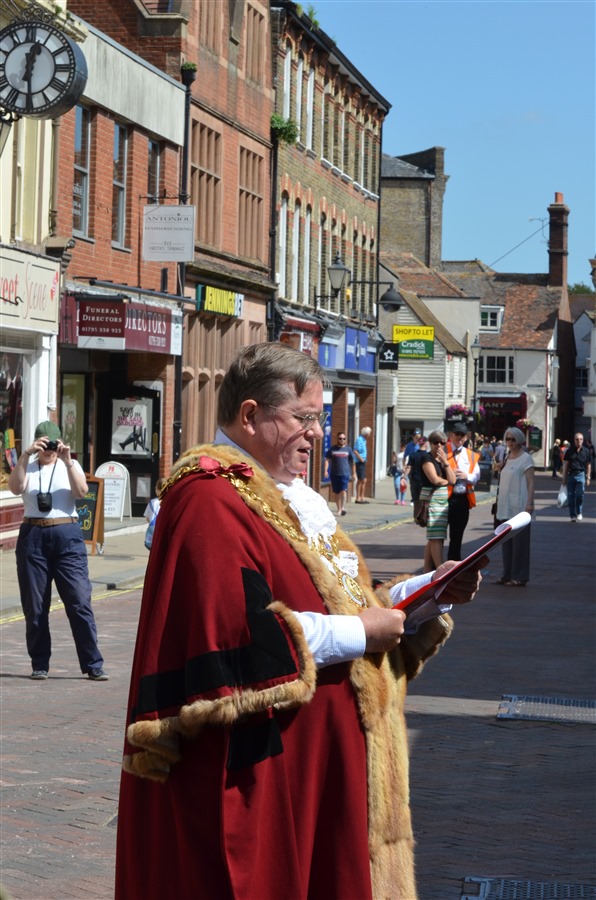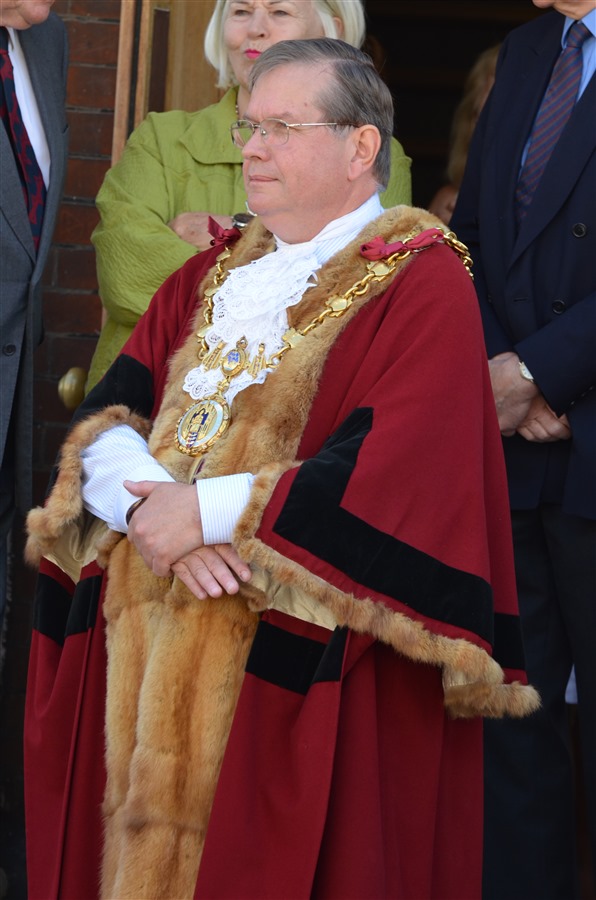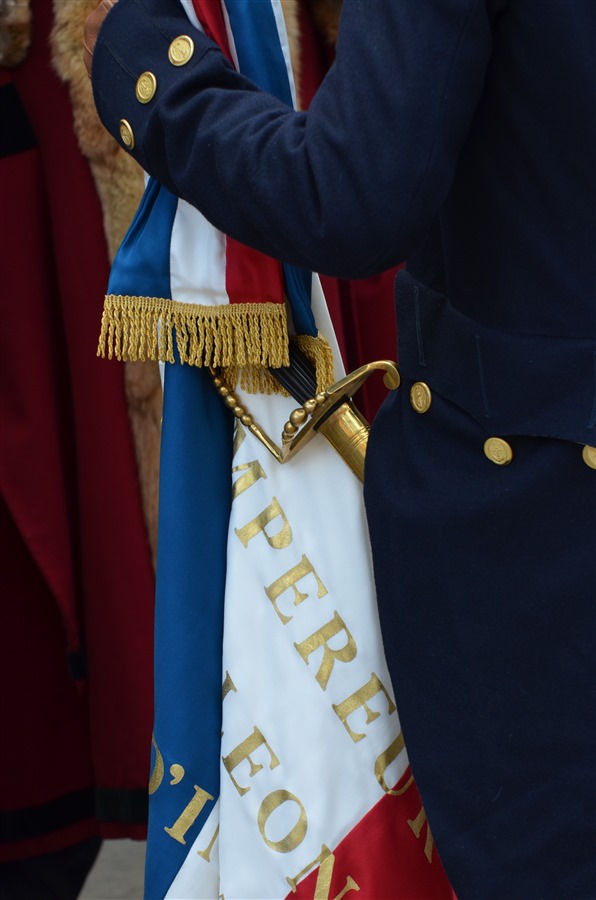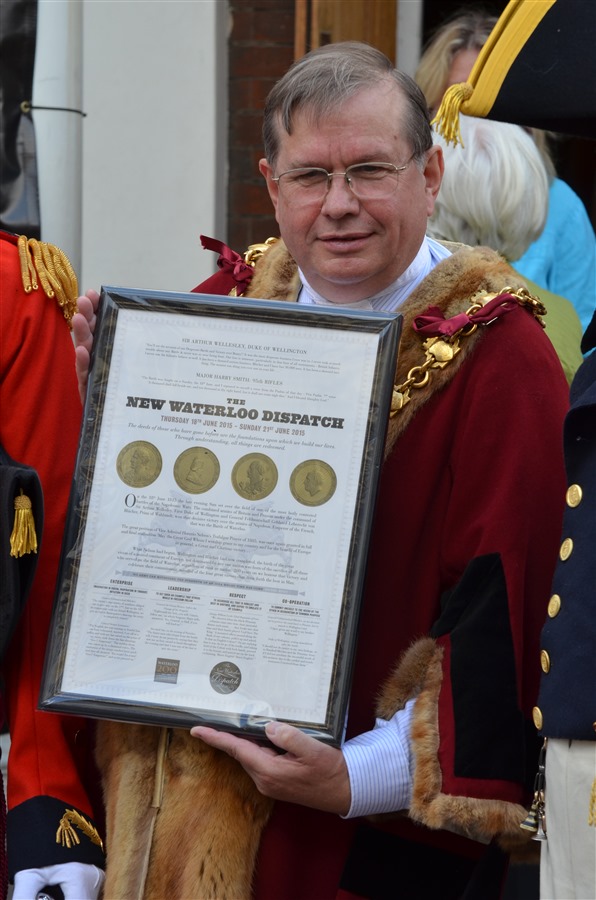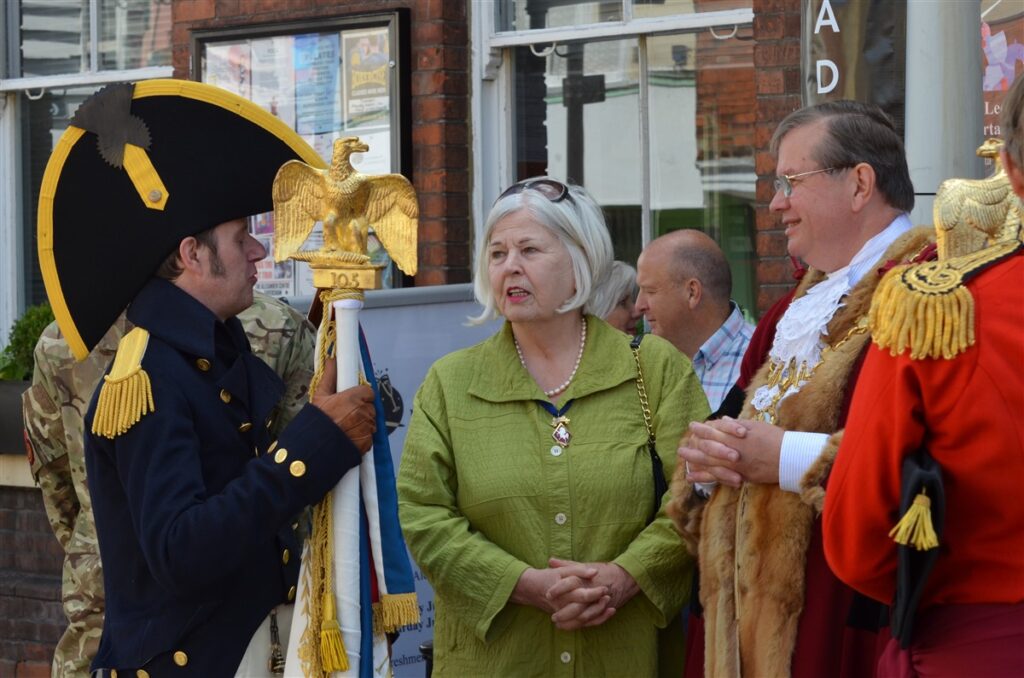In the mid-1250s, soon after Henry III’s 1252 charter to Faversham, Robert Dod was the first person to be called “mayor”, to the annoyance of the Abbot of Faversham, who protested to the king as part of the long battle between townspeople and Faversham Abbey about who held authority over the town. In the mid 16th century a charter was granted to the Mayor, Jurats and Freemen of the Town of Faversham in 1546. It was subsequently regranted in 1685.
The council was established under the Municipal Corporations Act 1835 and, following local government reorganisation in 1974, Faversham Borough Council became a town council.
Faversham falls within Swale district and contains the four electoral wards of Abbey, Priory, St Ann’s and Watling. These wards have seven of the forty-seven seats on Swale Council. At the last election in May 2015, Faversham residents voted for 12 Conservative Councillors and two Independent Councillors. Six of the 14 Members are also Swale Borough Councillor Members. Their details can be found on the Councillors page.
Faversham is a member of the Confederation of the Cinque Ports, being a limb of Dover, the town’s head port. As such, the Mayor of Faversham and the Town Clerk attend confederation meetings on behalf of the Town Council.
New Waterloo Dispatch
27th June 2015
The Dispatch is a ceremonial recreation of the news of the final defeat of Napoleon by a coalition of European nations at the Battle of Waterloo.
The new Waterloo Dispatch traces the route taken by Wellington’s messenger from the battlefield in Belgium to Broadstairs and on to London. The Dispatch reported, not just the news of victory, but the immense loss of life – and the terrible wounds of many of the survivors.
The messenger was Major, The Honourable Henry Percy, son of the then Duke of Northumberland. He landed at Broadstairs, with Captain White of the frigate HMS Peruvian. Let us now imagine Percy and White thundering into Faversham by horse- drawn post chaise. Their mission, after changing horses, was to continue at best speed through Kent to deliver the Dispatch to the Prince Regent in London.
The New Waterloo Dispatch is a truly international concept that celebrates ‘The idea that is Europe’. The document portrays the main commanders, including Napoleon. It represents the Homage to all Heroes and also highlights the importance of the horse. There will be versions in English, French, German, Dutch and Russian (all of the Nations involved at Waterloo).
The Journey
On the morning of June 20th with HMS Northumberland standing off the port of Broadstairs, Major Percy and Captain White RN were rowed towards Viking Bay with the New Waterloo Dispatch and French Standards.
Upon arrival on Broadstairs beach Major Percy and Captain White RN were met by the Lord Lieutenant for Kent, Lord De L’Isle, and Lady De L’Isle together with representatives of the Armed Forces and the Town Mayor who formally received a copy of the New Waterloo Dispatch. Major Percy and Captain White then travelled in a horse drawn post-chaise and repeated the ceremony at Canterbury Cathedral in the presence of His Royal Highness, the Duke of Kent travelling along the route towards London.
New Waterloo Dispatch ceremonies took place in Kent. Here in Faversham, the news was received from Major Percy and Captain White at approximately 11am. The post chaise and re-enactors then moved to Sittingbourne where they were met once again by the Lord Lieutenant for Kent, Lord De L’Isle and Lady De L’Isle, the Mayor of Swale and other local dignitaries. The New Waterloo Dispatch then travelled on to the Great Lines in Gillingham and became part of Medway’s response to ‘Armed Forces Day’.
